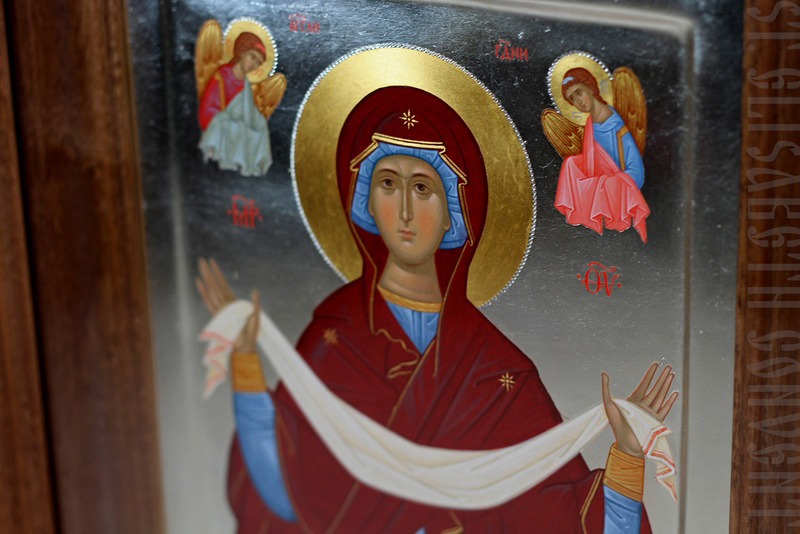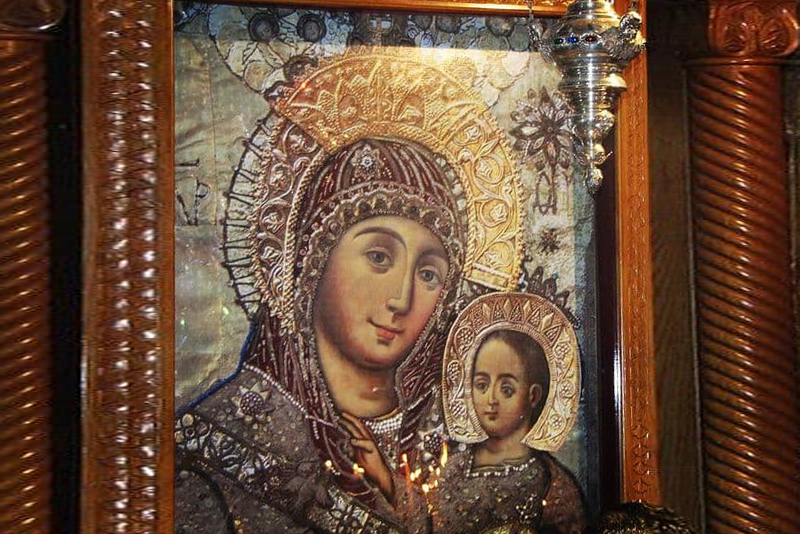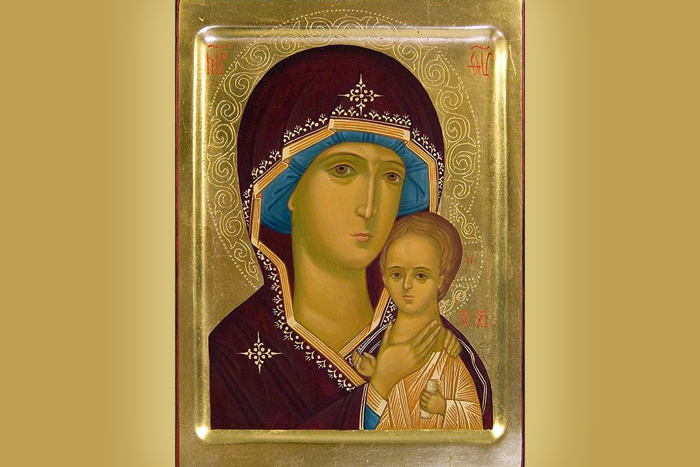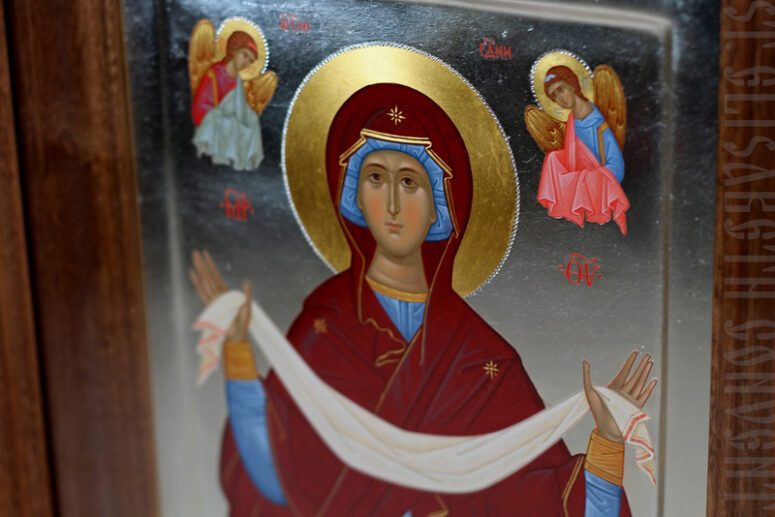
For a long time the Protection of the Holy Virgin, or the Pokrov* has been especially revered in the Russian land. Notably, the early samples of iconography dedicated to the Pokrov had a rather complex composition. Aside from depicting the miraculous event in the Blachernae Church and its witnesses, these icons were enriched with various compositional elements and faces of saints glorifying the Intercessor of the Christian people.
Although the tradition of celebrating the Protection of the Most Holy Theotokos originated in Byzantium, it was firmly established and widely spread in Russia. The miraculous vision of the Mother of God, witnessed in the 10th century by Andrew the Fool-for-Christ in Constantinople, was glorified by the Russian prince Andrei Bogolyubsky as early as in the middle of the 12th century. With the construction of the first church in honor of the Intercession of the Most Holy Theotokos on the banks of the Nerl river, the holy prince laid the foundation for the construction of many Intercession churches and monasteries, as well as the development of the corresponding iconography in the Russian lands. There were no Byzantine or Greek prototypes of the Intercession icons at that time, so the images were written on the basis of the blessed Andrew’s words, reproduced in his hagiography.
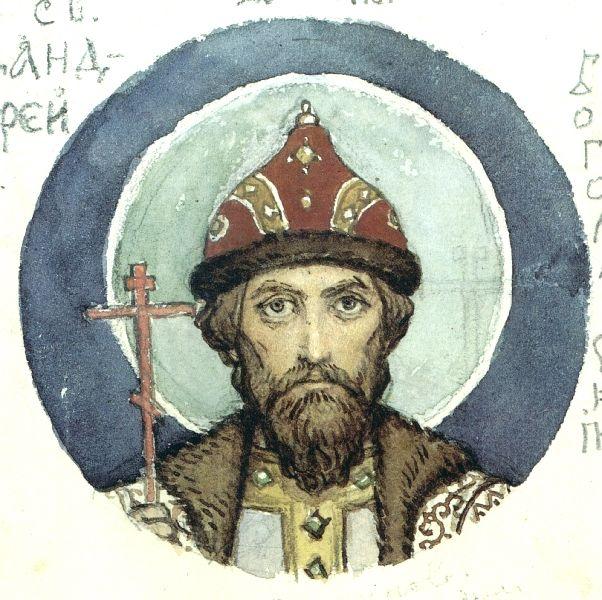
The earliest surviving images of the Protection of the Mother of God date back to the 13th century. One of them was depicted on the Golden Gate of the Nativity Cathedral in Suzdal. The icon presents a half-turn image. Of Virgin Mary with her hands raised to Jesus Christ in Heaven. The veil is supported by the angels surrounding the Mother of God. That image is unique because in the following four centuries the Blessed Virgin has been depicted on the icons of the Intercession in a strictly frontal position, with the soaring angels holding the veil. Only in the Pokrovskaya icon painting of the 17th century the Mother of God will again appear in a similar image.
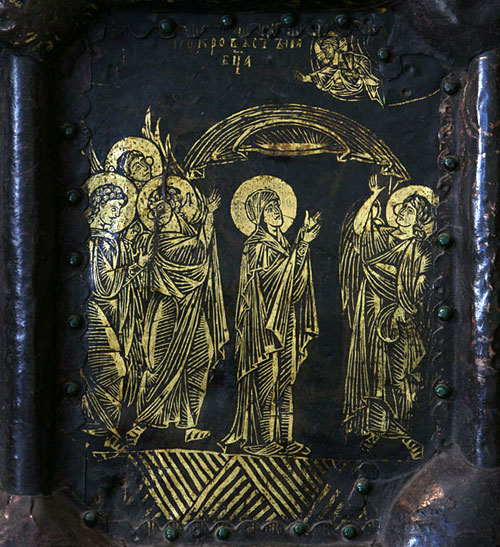
Two main varieties of the image were formed in the iconography of the Intercession by the 14th century. They got their names based on their place of origin: Suzdal and Novgorod. There are three main differences between them. On the Suzdal icons, the Mother of God Herself holds the veil, Jesus Christ is not depicted. The bright figure in the central lower part of the image is Saint Romanos the Melodist, standing on the ambon. On the icons of the “Novgorod” version, the veil over the Blessed Virgin is carried by angels; the Savior is located above them in the center with the closed gate below. A distinctive feature of the latter version is the holy hierarchs depicted on the upper level to the left of the Mother of God, with the holy angels or venerables on the right.
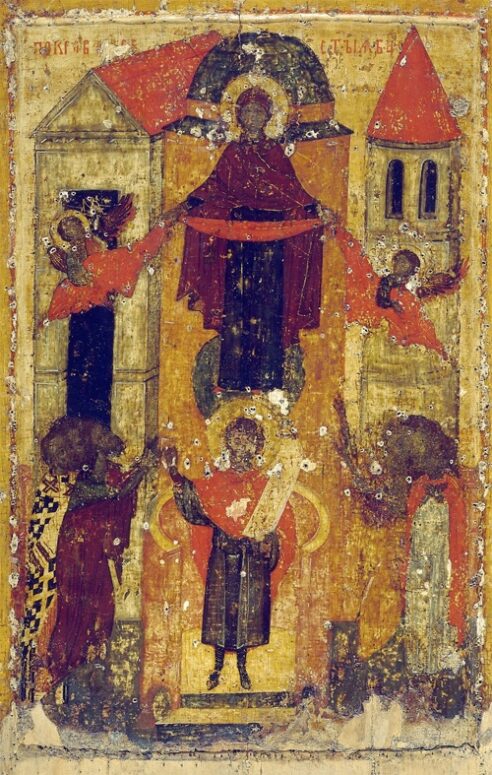

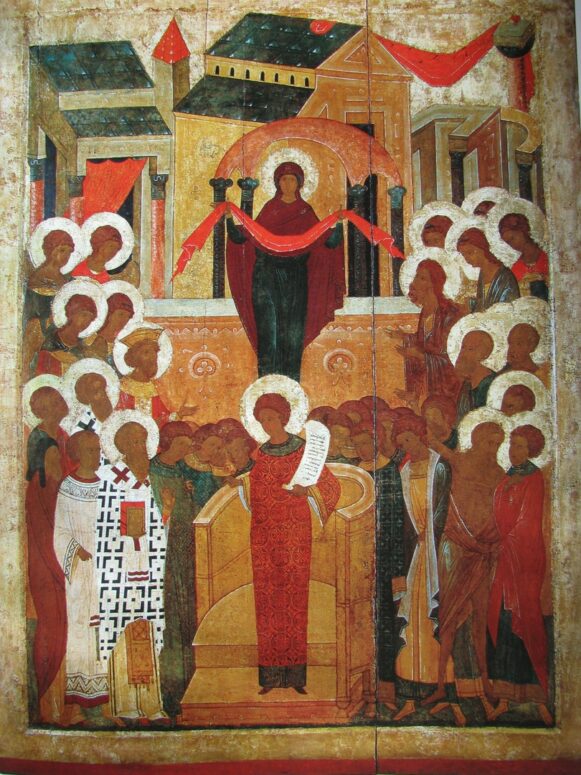
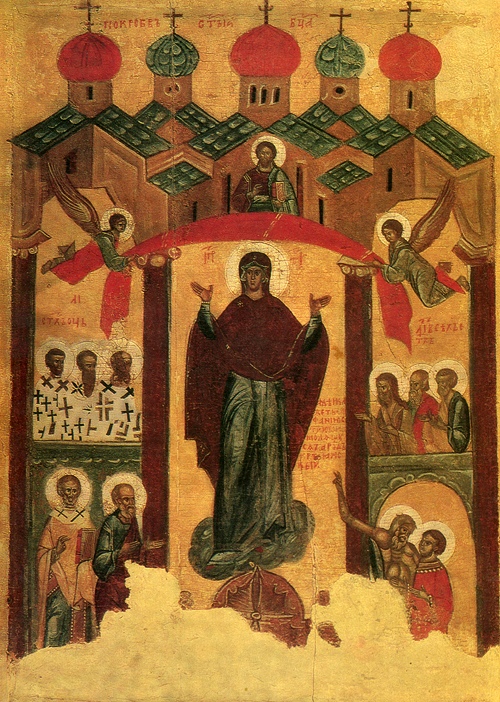
Fifteenth and sixteenth century exponents of the Intercession icons introduce a unification of the features of the “Suzdal” and “Novgorod” versions. The former is represented on the icon by the absence of Christ and the image of St. Romanos the Melodist, while the latter can be traced through the location of the veil.

The 16th century icons of the Pokrov can be characterized by a change in the color of the veil. From that time to this day, it is most commonly depicted as a white omophorion.

The above image is a unique illustration portraying the appearance of the Virgin Mary to Romanos the Melodist in a dream, as well as a double image of the veil: the white omophorion held by the Mother of God in her hands and the red veil carried by the angels over the Savior.
The ancient Suzdal Image of the Theotokos reappears in the Intercession iconography in the end of the seventeenth century and becomes widespread. It harmoniously rebuilds the “classical” composition, transfering the saints, apostles and martyrs, from both sides of the Mother of God, to the right side of the icon.
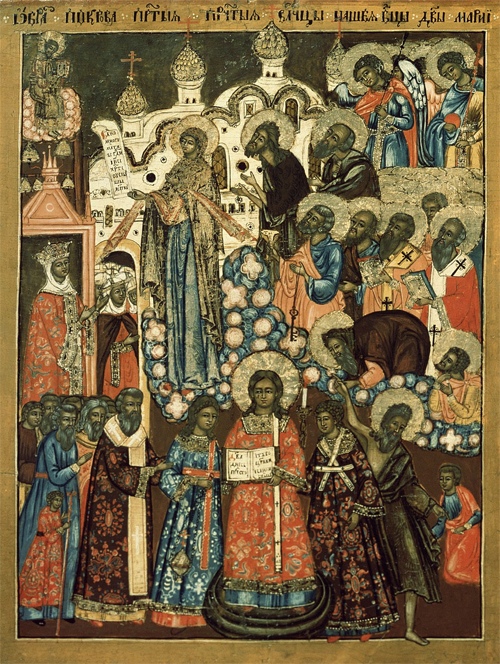
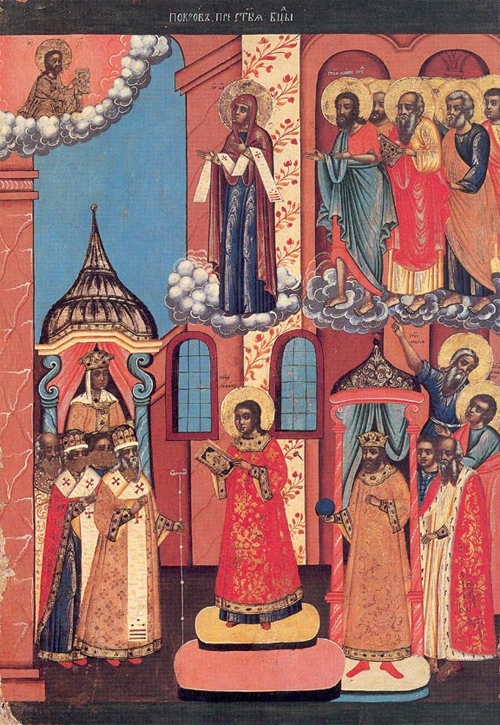
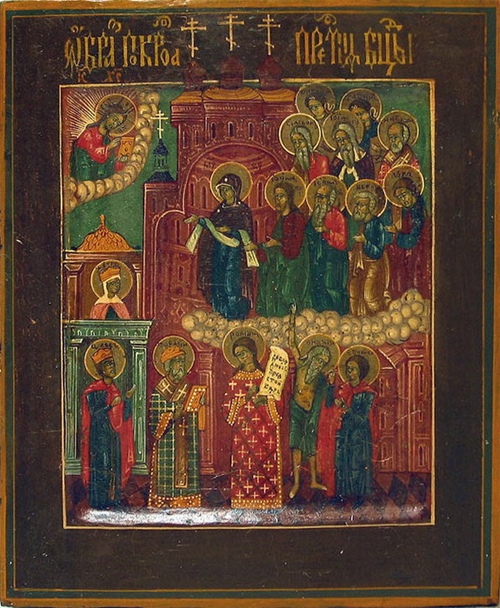
Since the 19th century there has been a tendency to simplify the images of the Intercession and depict the Mother of God alone with a white omophorion in her hands. Such iconographic representation remains relevant today.
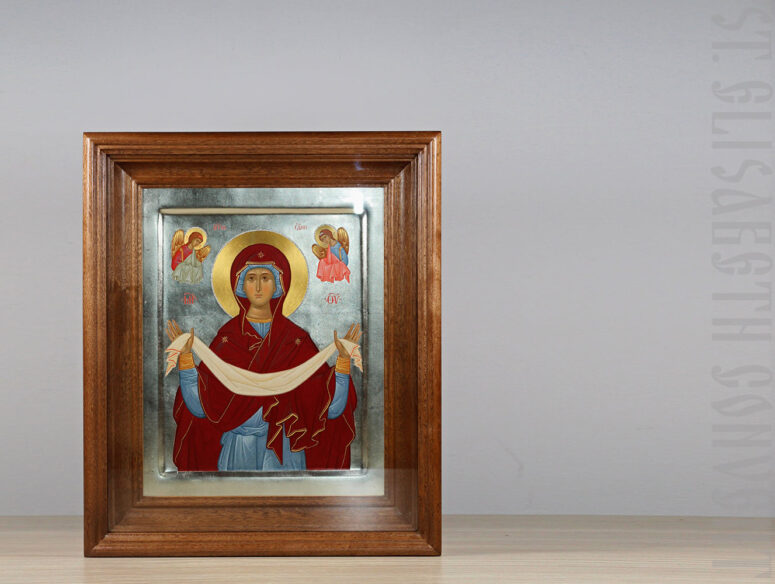
Nevertheless, the icon painting tradition is still honored today with new images being written, inspired by one of the first two patterns of the Intercession icons. The “Novgorod” version of the icon located at St. Elisabeth Convent is an example of this.
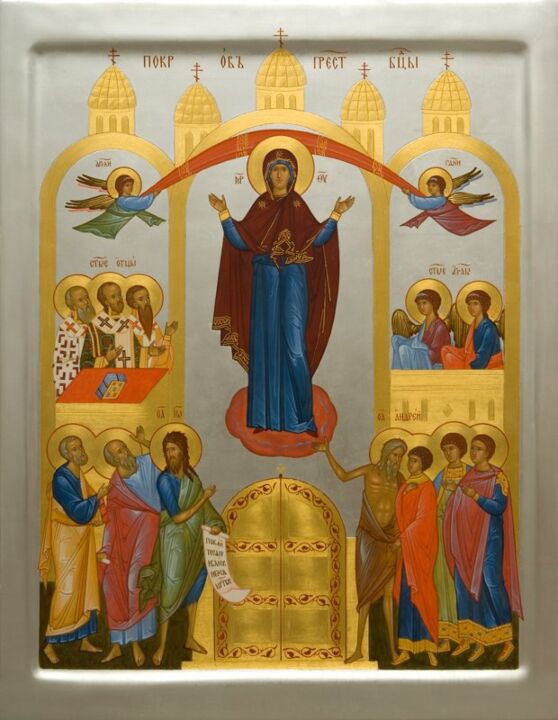
Having traced the development of the iconography of the Intercession in Russia during the first five centuries, one can see that the icons underwent a number of modifications. However, the scenes depicted on them and the faces of saints glorifying the Mother of God have been preserved almost unchanged from century to century, capturing in color the historical details of the event and its era. The Reverend Romanos the Melodist with a scroll reminds of the miraculous gift of the Blessed Virgin, his God-given talent to beautifully write and perform hymns. Thanks to this gift, the saint wrote the famous akathist-hymn to the Most Holy Theotokos, which served as a model for all the akathists that appeared thereafter. Empress Helena is here because she found the robe and the belt belonging to the Most Holy Theotokos in the Holy Land and brought them to the Blakherna Church. Patriarch Tarasios is depicted on the icons of the Intercession for zealously defending the veneration of the Theotokos icons in Byzantium. All Intercession images represent the eyewitnesses of the appearance of the Theotokos surrounded by a host of saints and angels. Andrew the Fool appears with his disciple Epiphanius, as well as the Emperor Leo the Wise who reigned during the Blachernae miracle. The presence of such a variety of saints confirms that the iconography of the Intercession is the triumph of the сhurch, by whose petitions our Heavenly Intercessor, the Mother of God will keep all mankind covered with her invisible spiritual veil until the end of time.
*Pokrov (Russian) or Pokrova (Ukrainian), name for the Intercession of the Theotokos, one of the Russian and Ukrainian Orthodox feasts.

